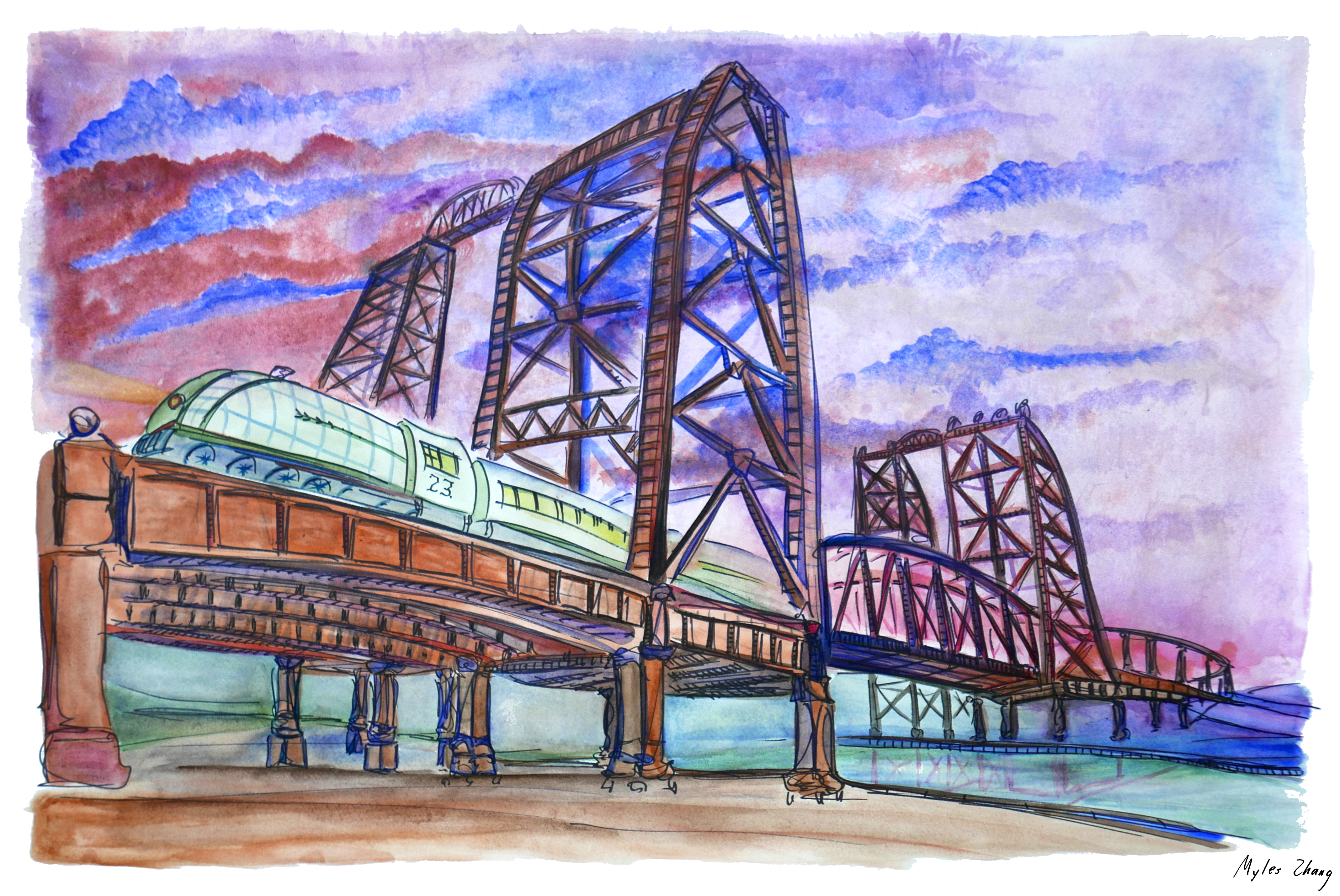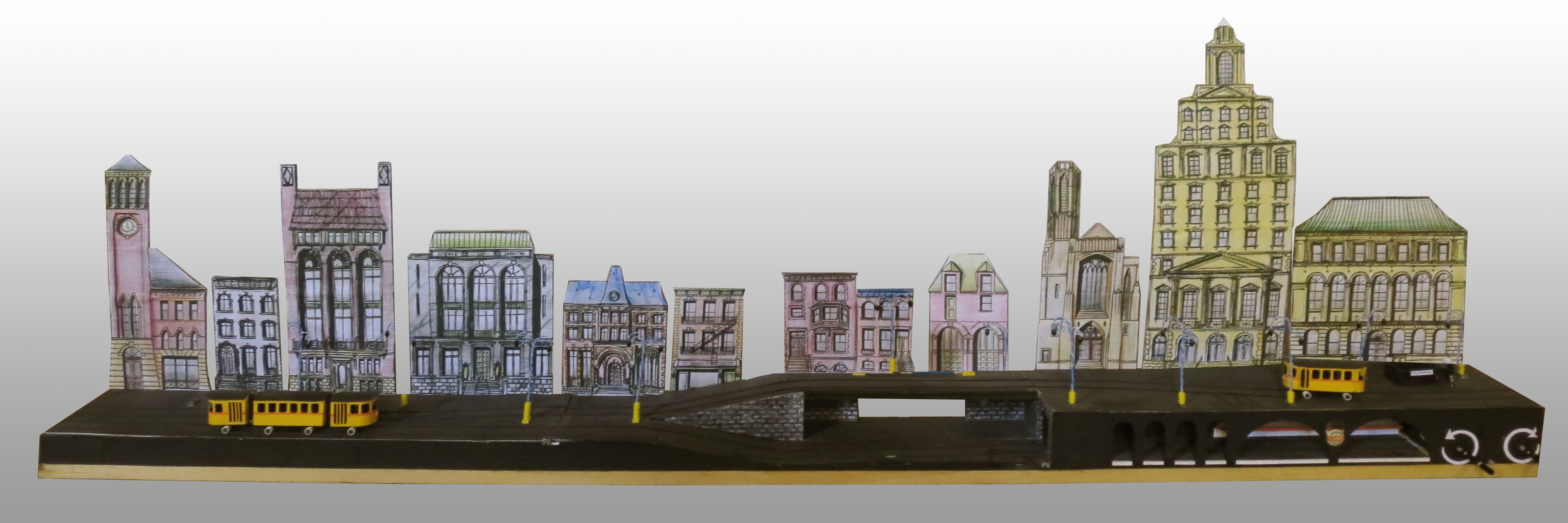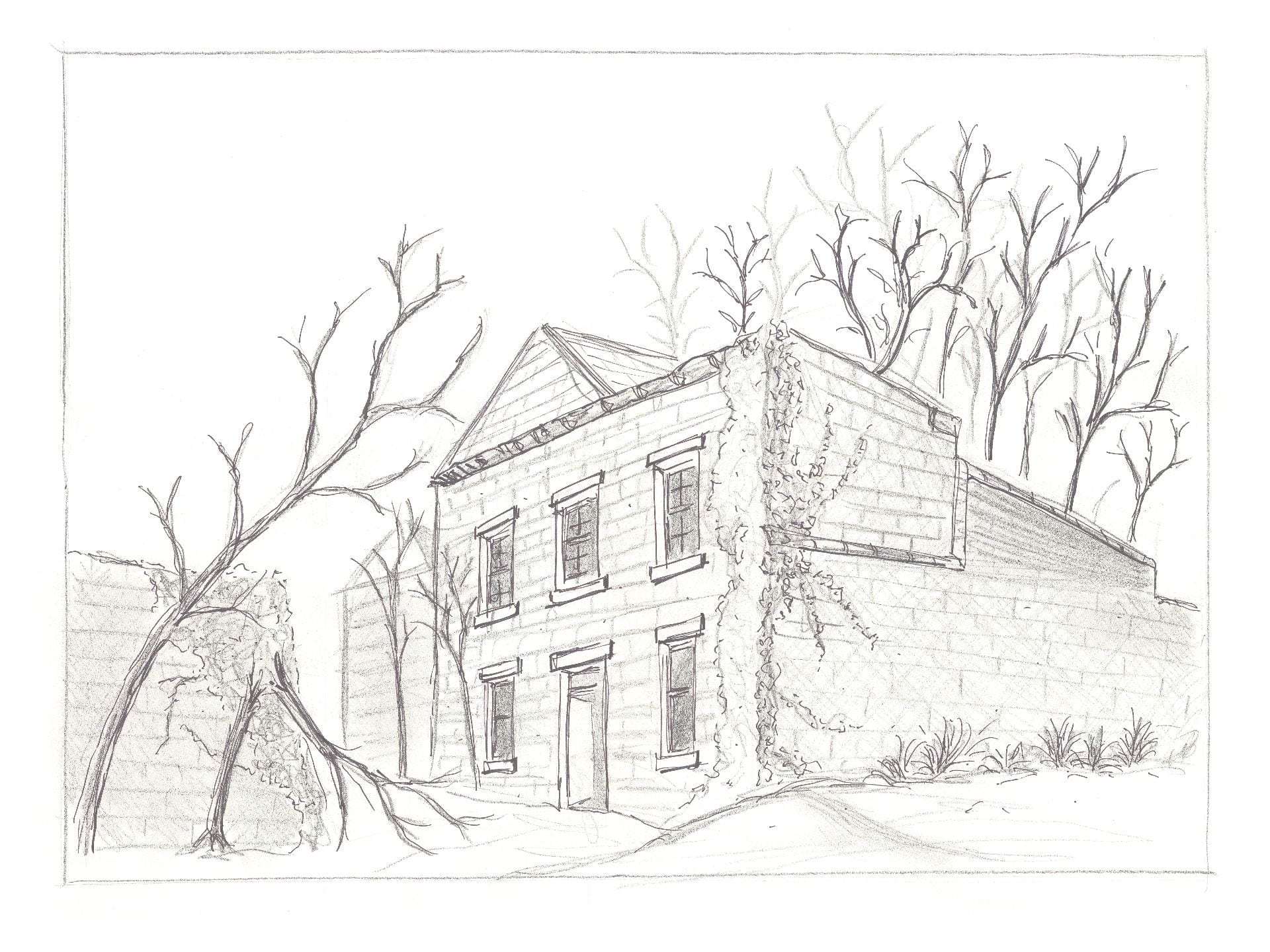.
Port Newark is America’s largest port on the Atlantic coast. On weekdays, hundreds of cargo ships deliver thousands of Chinese-made products to waiting trucks and trains. On weekends, the port is empty of life, an unintentional and empty urban monument to America’s economic might.
Click here to see a film featuring more of my Newark-based artwork.
.

Rusting barge

This way to freedom

Port Newark freight yard
.

Gazing toward Manhattan

This way to freedom

Three shipping cranes being delivered by boat from China.

Urban beach

Container cranes at rest

Rusting barge

Donjon Marine Company

Interrogation chair

Father and mother

Corroded dock

Prelude to a broken arm – after the act

Scrap metal office

Scrap metal

Landscaped truck depot

God bless America!

Big tires, bigger nation

Big tires, bigger nation

Hyatt Boulevard

Land of the Free

A sense of scale

Craneway Street

Caution: machines at work

Craneway Street

Wilson Avenue

Gulf Station

Coffee and Gas

Corbin Stret

Gulf Station

Port Newark IKEA cusomers at dusk
.
- Penn Station Newark drawbridge
- Port Newark freight yard
- Pulaski Skyway
.
PLEASE BE KIND. DO NOT LITTER. FAPS INC. CARES ABOUT YOU.
– signage adorning truck depot
.

When I left home to attend Columbia University, I knew the transition to college would leave me homesick for Newark. To remind me of home, I painted this watercolor panorama. Every night, in my dorm room, I gazed at this painting and traced the streets and buildings of my childhood memories.































 Left to right: Broad Street Station, Polhemus House, YWCA Building, Newark Museum, Ballantine House,
Left to right: Broad Street Station, Polhemus House, YWCA Building, Newark Museum, Ballantine House,














































 Newark Skyline from the Passaic River
Newark Skyline from the Passaic River Newark Airport
Newark Airport Panorama of Newark from Roof of 810 Broad Street
Panorama of Newark from Roof of 810 Broad Street

